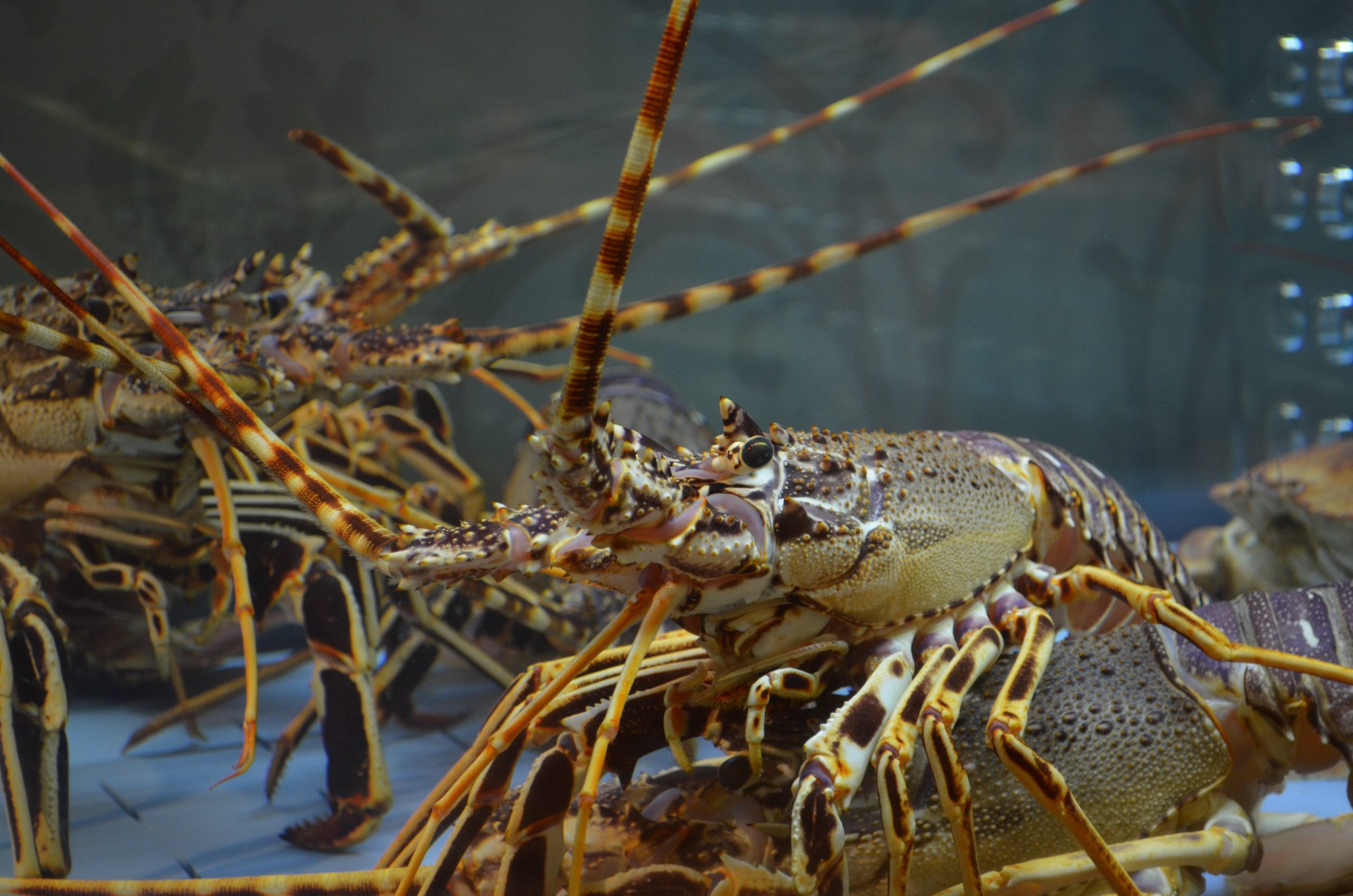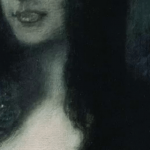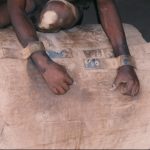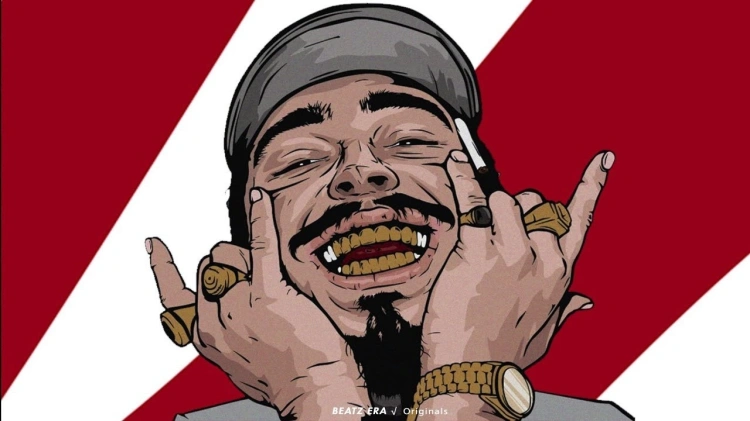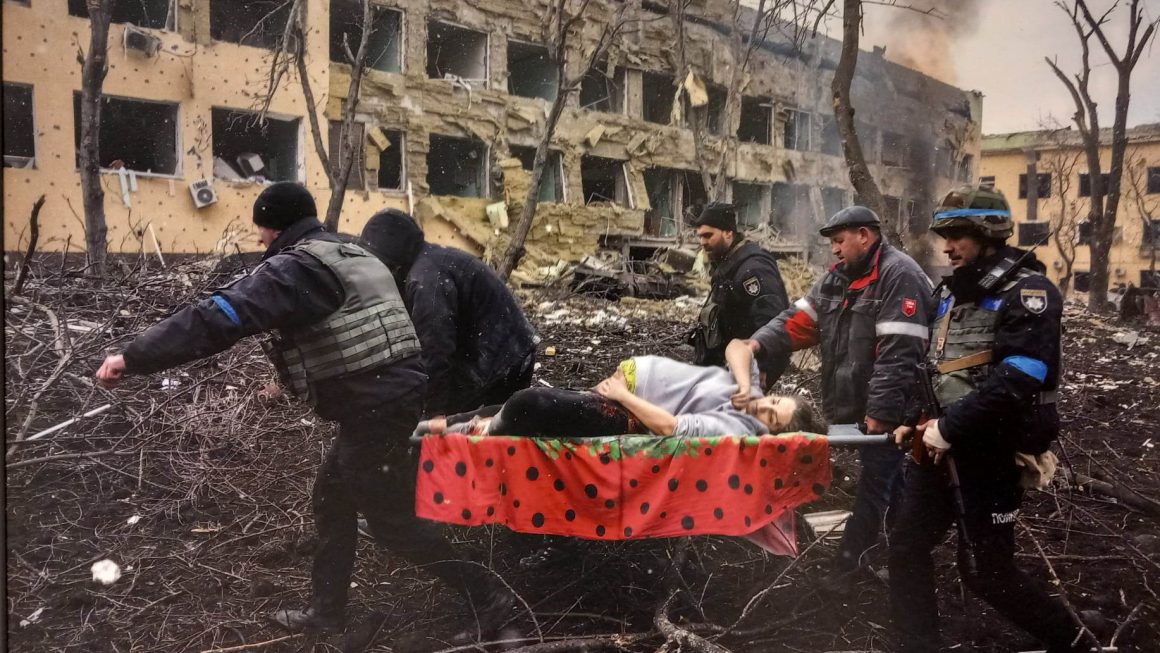Becoming an adult is a gradual process, but is conventionally defined by a specific moment in which a young kid suddenly turns into a useful member of a society – even just with his or (more likely) her fertility. Populations in any time and place organized public celebrations that certified the entrance in adulthood, named “rites of passage” by the French anthropologist Arnold van Gennep.
This ceremonies, in preindustrial societies, were about showing strength, bravery and pain endurance, from tattoos to many different trials. After all, without mechanization, desk or intellectual jobs. Whether you were a hunter, a warrior or a farmer, you needed muscular power more than brain development. And in a perspective of conservation of the species, only those with good genes had mating possibilities.
Ndembu people, in current Zambia, gathered the kids and brought them in the forest. At their (eventual) return, the village was ready to celebrate in big style.

Many poleis in ancient Greece established a collective leaving before becoming an adult as well. It was common for boys in many regions to dress as girls: according to some historians like William Padilla, childhood was associated to femininity and males, growing up, had to dismiss those clothes.
In most cases, trials were (or still are) extreme. The Sateré Mawé, population in the north of Brazil, resist modernization as they can. You can’t be considered real men, out there, without putting one hand in a glove filled with the aggressive and poisonous bullet ants. Obviously, you can’t cry or complain, even if pain coming from the stings can last up to 24 hours.
Still better than put hoses in the throat and make them come out from the nose, like the Mataus in Papua New Guinea do – and for the wrong reasons. This technique is used to excrete blood and mucus, in order to clean the body: as they consider women impure, by extension their sons are born impure.

Same conception of the Sambias, still in Papua. Young children are taken from their mothers at 7 and live with the other men for 10 years. Here the adults make the kids bleed from their skin and nose and then provoke vomit and diarrhea by force feeding them with sugar cane. In the end the classy touch: the ingestion of sperm, which is really “manly” (and not homosexual at all!).
Talking about female impurity (which is nothing but menstruation), the Ticuna (or Tocuna) in the Amazon forest isolate the girls for some weeks after their first period, relegating them in specif areas of the house. Here their body is painted with black varnish as a protection from a demon named Noo. After this trial, the party is on and the now adult female is given a spear, useful against demons.
Rites of passage for women are less known, mostly because their role in societies wasn’t much more than procreative. But there are some exceptions. The Okrika, in Nigeria, used to fatten the girls and teach them songs. Thanks to this training and the intervention of an old expert, they were free from the risks of getting tied to the water spirits.
Other kinds of trial were connected to psychoactive experiences instead. The Mati, in Brazil, put venom in the eyes of the young kids, beat them with canes, then shot them with arrows soaked in poison coming from a local amphibious. This mix generated hallucinations, shivers and diarrhea.

The Algonquin, now just restricted in some reserves in Canada, had the brilliant idea to celebrate the passages to adulthood with wysoccan, a powerful hallucinogenic that, at an excessive amount, is able to erase any childhood memory, in some cases the individuals even stopped talking. How they passed down this tradition is the real mystery…
With the arrival of more structured or monotheistic religions, rites of passage lost their power and changed in a more symbolic way. The Sikhs, for instance, they just read the Adi Granth, the holy book in which the principles of this cult are explained, drink water with sugar, blended with the traditional dagger (kirpan) and finally pour part of the liquid upon eyes and hair. After this initiation, adult prohibitions come: do NOT eat halal meat (it’s for Muslims), don’t smoke, don’t intoxicate yourself, don’t cheat on the spouse.

The Jewish people read the Torah on the day of their bar mitzvah (13 years old boys) or bat mitzvah (12 years old girls).
In a laical, secular society, laws trace the boundaries between childhood and adulthood. Sure, there still is the Christian Confirmation as well as the cotillion, but they are not as important as an ID when it comes to drive a car or buying tobacco and alcohol.
Old habits are hard to die anyway, even if they don’t have a great or legal significance anymore. A crossover among Confirmation (age and celebration in church), wedding (similar dress and bouquet), cotillion (dancing) and celebration for the age of majority, quinceanera is one of the most famous modern rites of passage, distinctive of Mexico and other central-American countries. The 15 years old protagonist symbolically marks her entrance in society by giving a doll to a younger sister – if she has one.

Current societies stigmatize the ancient rites of passage, both for the absurd beliefs (demons, spirits, women impurity) and the riskiness. The heritage is still alive in some individuals though, maybe just at a subconscious level. Many sociologists agree on the explanation according which adolescents who scorn the dangers – and maybe end up on the news for tragic deaths – respond to the same ancestral mechanisms.
With one important difference. Back then, rites of passage were imposed by the society, now there is a lack of external acknowledgment. The hard part is finding an identity and a sense of belonging inside ourselves.
